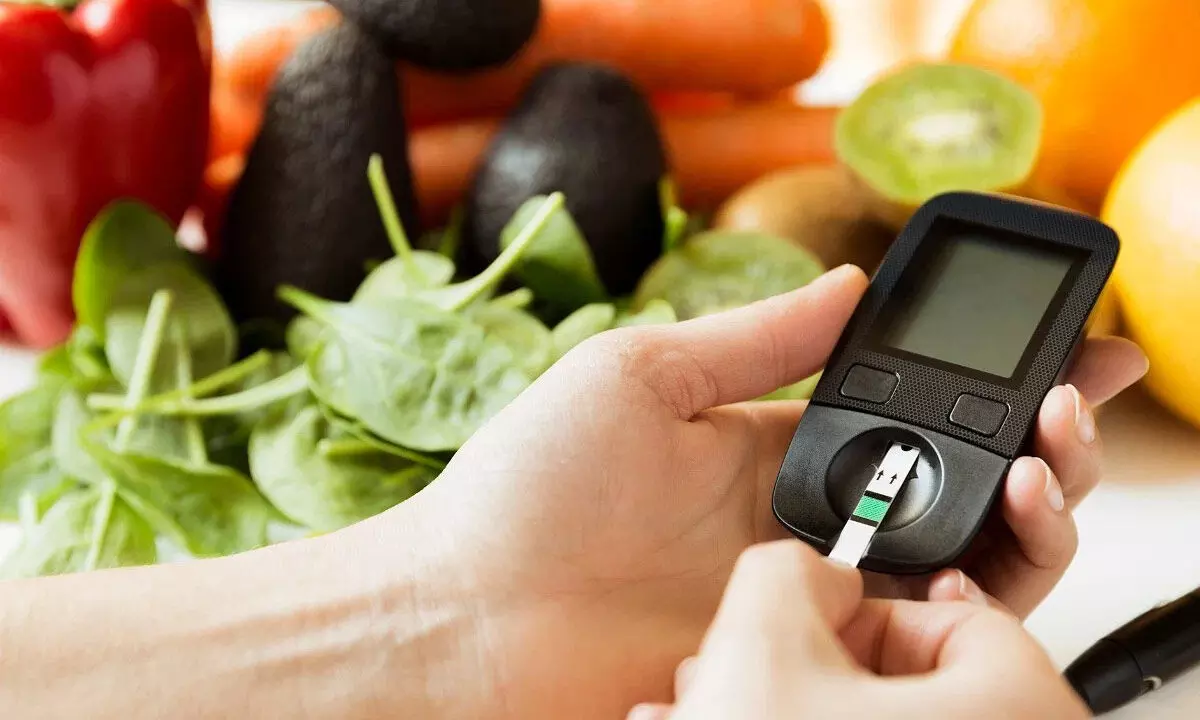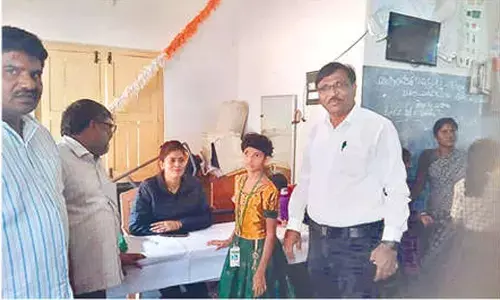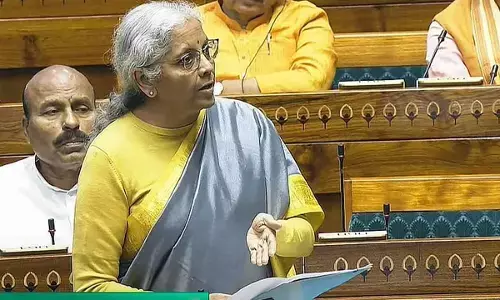Shardiya Navratri 2023: Fasting with Diabetes? Here Are Tips to Follow

Navratri, an important Hindu festival dedicated to the goddess Durga, is just around the corner.
Navratri, an important Hindu festival dedicated to the goddess Durga, is just around the corner. The nine-day celebration begins on October 15 and will continue until November 23. Traditional fasting practices mark it. While enjoying vrat-friendly foods is a pleasure for many, it can be challenging for people managing diabetes. People with diabetes must be extremely cautious with their dietary choices, especially during fasting periods, to keep blood sugar levels stable.
For those with diabetes observing a Navratri fast, here are some crucial tips to ensure the celebration remains spiritually satisfying while prioritizing health.
Select nutrient-rich flours
When making rotis, opt for flours like kuttu aata (buckwheat flour) or singhara aata (water chestnut flour). These flours are considered healthy options for people with diabetes. Singhara aata, in particular, is rich in fiber, which helps in the slower digestion of sugar and prevents sudden spikes in blood sugar levels.
Diversify protein sources
Certain legumes may not be allowed during fasting; make a conscious effort to include alternative protein sources such as milk, yogurt or paneer (cottage cheese) in your diet. These dairy products can be consumed even during fasting periods.
Embrace the barley
Diabetics can enjoy barley and dishes prepared with barley. Barley is known for its positive impact on blood sugar control, making it an excellent addition to the Navratri diet.
Balanced diet during fasting
Diabetics can largely follow their usual diet while fasting during Navratri, with a simple adjustment: replacing their typical cereals with kuttu or singhara aata. Both flours have a low to medium glycemic index, making them safe options for diabetes management.
Avoid fried foods
During the Navratri fast, many fried foods are prepared. However, if you have diabetes, staying away from fried options is essential. Plan your dietary choices ahead of time and explore healthier cooking methods, such as grilling, baking, or steaming.
Moderate potato consumption
Many vrat-friendly dishes incorporate potatoes, but people with diabetes should be careful. Instead of treating potatoes as vegetables, consider using them as a roti substitute and pairing them with curd or a vegetable salad. This combination can constitute a healthy meal, but it is essential to avoid excessive potato consumption.
Seek guidance from a healthcare professional or dietician
By following these dietary guidelines, people with diabetes can savour the flavours of navratri while effectively controlling their blood sugar levels. Prioritizing nutritious options and practising mindful eating ensures a healthier, more enjoyable holiday experience. It is advisable to seek guidance from a healthcare professional or dietitian for personalized advice on diabetes management during Navratri or any fasting period.
















